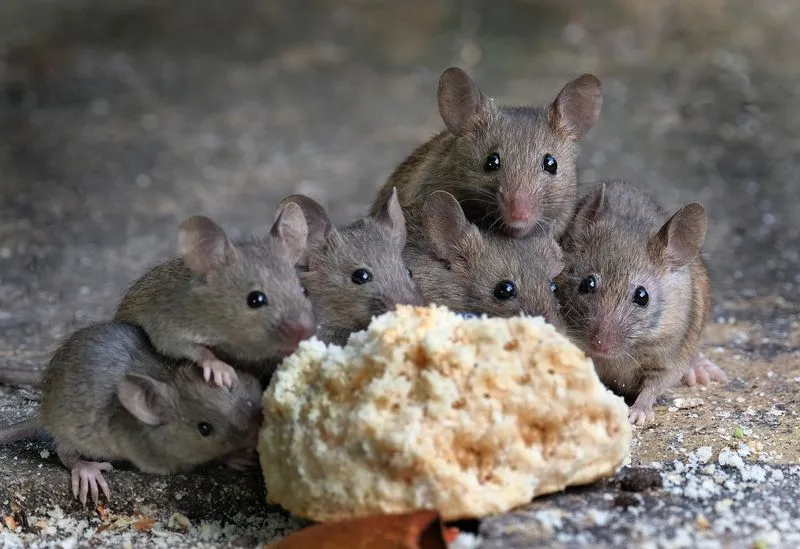The kitchen is the heart of any home, where delicious meals are prepared and shared with loved ones. However, an unwelcome guest can turn this haven into a potential health hazard. Mice infestations in the kitchen pose significant risks of food contamination, leading to various health issues. We will explore the signs of mouse infestation, the health risks associated with mice in the kitchen, and effective prevention and control measures.
Signs of Mouse Infestation in the Kitchen
Detecting a mouse infestation early is crucial to prevent further contamination. Mouse droppings resemble dark grains of rice and are typically found near food sources or along the walls. Mice have sharp incisors that allow them to chew through packaging materials, leaving behind torn and damaged food containers. As mice navigate through tight spaces, they leave greasy marks along walls, cabinets, and baseboards. Mice are often heard scurrying and scratching at night, especially in the kitchen area. They build nests using shredded paper, fabric, and other materials, often in secluded areas such as behind appliances or inside cabinets. Mice can also be detected by their odor, which is a musty and musky smell. If you have identified any of the signs of a mouse infestation, it’s important to act quickly.
Health Risks Associated with Mice in the Kitchen
Mice carry a range of harmful bacteria, viruses, and parasites that can contaminate food and kitchen surfaces, leading to severe health risks. Mice droppings, urine, and saliva can contaminate food, causing diseases like salmonellosis, leptospirosis, and Hantavirus pulmonary syndrome. They shed dander, hair, and urine, which can trigger allergic reactions, particularly in individuals with respiratory conditions like asthma. Also, they are notorious for gnawing on electrical wires, causing potential fire hazards, as well as damaging insulation, furniture, and other household items. A mouse infestation can create an atmosphere of fear and stress for residents, affecting their mental well-being and overall quality of life.
Prevention and Control of Mice in the Kitchen
Taking proactive measures to prevent and control mice infestations is vital for maintaining a safe and hygienic kitchen environment. Mice can squeeze through small openings, so inspect and seal any gaps, cracks, or holes in walls, floors, and cabinets using caulk or steel wool. Keep all food items in sealed, airtight containers to prevent mice from accessing them. Regularly clean up spills and crumbs that can attract rodents. If you already have a mouse infestation, it is best to call in a professional pest control service. Pest control companies use effective methods to exterminate mice and other pests, such as trapping and baiting. They can also provide thorough inspections of your home and advise on any additional steps required to keep mice away. Professional pest control services are highly recommended if you want to eliminate mice from your kitchen quickly and effectively.
Mice infestations in the kitchen can pose significant risks to our health and well-being due to food contamination. Recognizing the signs of a mouse infestation, understanding the associated health risks, and implementing preventative measures are crucial for maintaining a safe and hygienic kitchen environment.
If you already have an infestation, though, it might not be the right time to start worrying about the trash bags. To get rid of mice fast, call the professionals at CAPE Pest Control. With competent and courteous service, you can make sure that your infestation problems are gone in a snap.

